Hi Aquatic Sentinels!🐬
Once again, I bring you content that I consider to be of quality, this takes several hours of reading, comprehension and writing.💡📚
But more than that, this is one more publication so that together we can appreciate and contemplate how wonderful our ocean is!
🦈🦀🐢🐳🐙 I hope you enjoy it!🐟🦈🦀🐢🐳
First of all, and as I have already commented previously, it is important to mention that I do not cooperate with any dolphinarium company, I do not receive any type of remuneration for sharing this information, so everything I mention here will always be from the point of scientific view.
⚠️Remember that only science can offer us real and replicable data.
The following photos I have taken myself👇
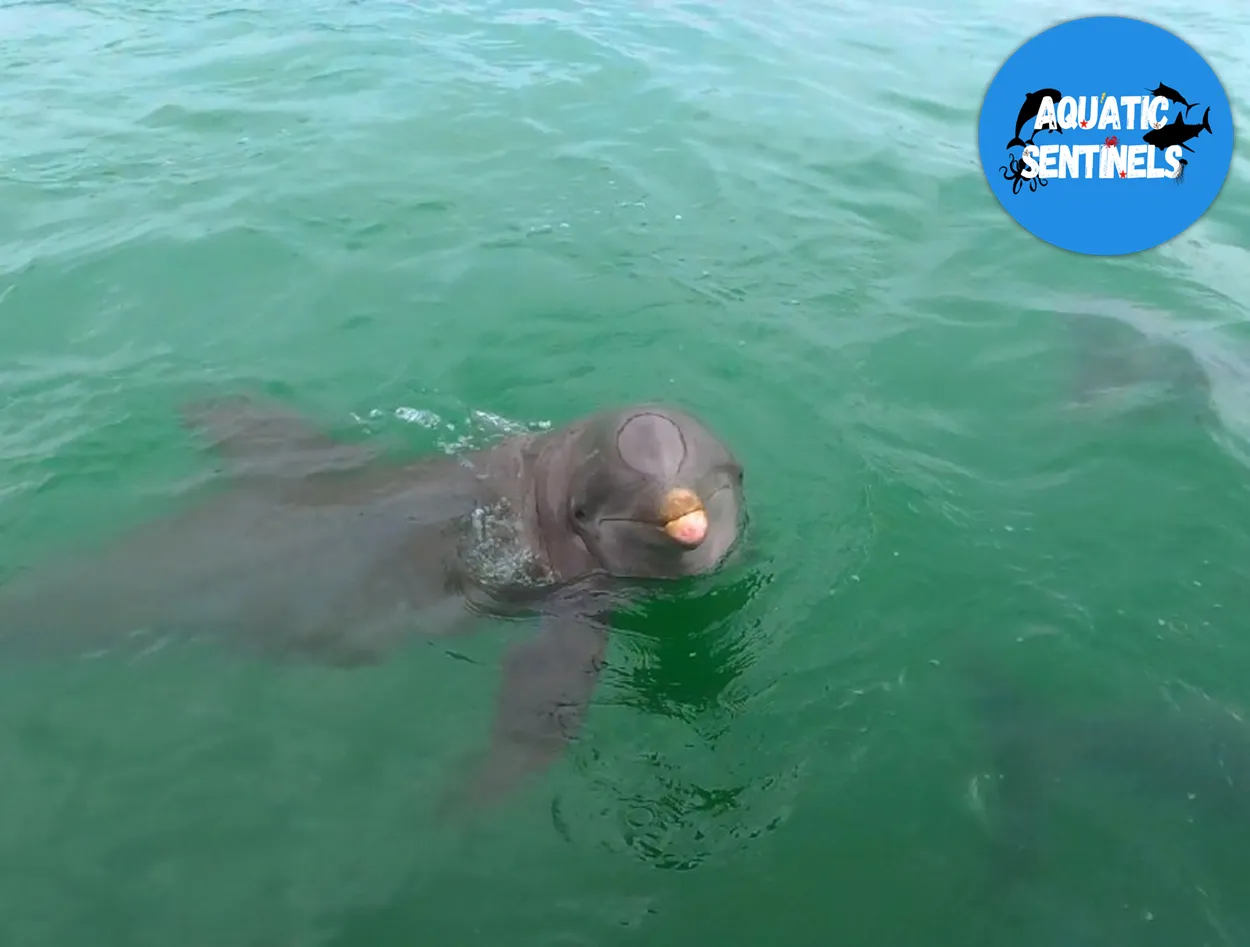
Photo by Juan Bacab G.📸
📍Puerto Morelos, México
Many of you know that I am studying for a doctorate in marine science and I am conducting a behavioral study in dolphins under human care: do visitor interaction programs compromise the well-being of dolphins? Do they feel stressed? Are they motivated to do their daily activities? These and other questions must be answered with such investigations.
But before that, the first thing is to know what their behavior is when they are in human care...

Photo by Juan Bacab G.📸
📍Puerto Morelos, México
👉Join us until the end of this post to find out all the details👈...
The following information is taken from: Hurtado, V.B. (2010). "Caracterización comportamental de delfines en cautiverio". Universidad de Bogotá, Colombia. Tesis de licenciatura. Adapted by @juanbg

Learning as a basic tool for dolphinariums
We all know that the behaviors that are most observed in these places are jumping, acrobatics, interactions and playful behaviors, which indicates a good human-dolphin relationship, this is supported by several studies such as that of Trone and collaborators in 2005 at MarineLife Oceanarium. This is mainly due to evolutionary behaviors between humans and dolphins, so aggressive behaviors are not observed between them.
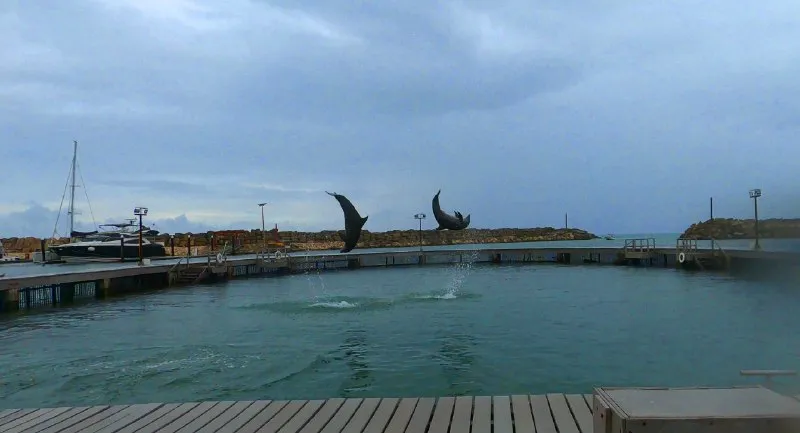
Photo by Juan Bacab G.📸
📍Puerto Morelos, México
Carthy (1970) defines behavior as a response to a stimulus, and animals can retain this information based on their past experiences and thus perfect a behavior. Under human care, dolphins show their adaptability by learning different visual cues quickly, in addition, they retain all that information throughout their lives. Hatchlings learn from adults by mimicking their behavior in front of a trainer.
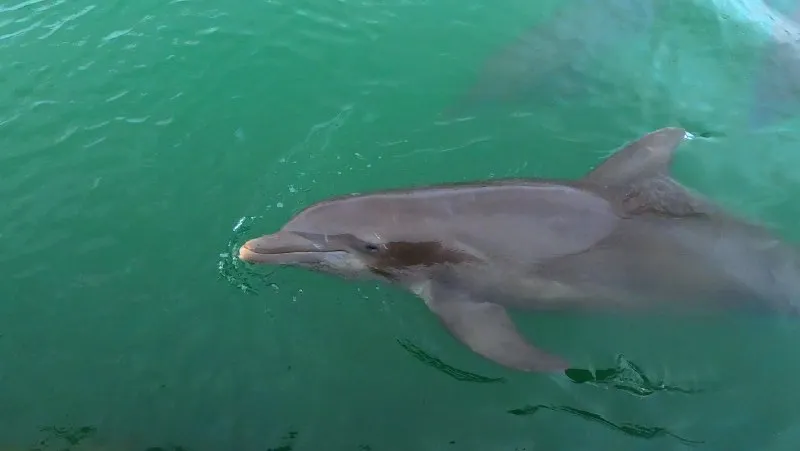
Photo by Juan Bacab G.📸
📍Puerto Morelos, México

Agonistic behavior (competition between dolphins)
This behavior is defined as competition for resources, where one animal excludes another for food, territory or when they are looking for a mate, and despite the fact that dolphins are very sociable animals in the wild, they can be quite aggressive, so much so that some studies report the death of some offspring when there is competition between females (Vaz-Ferreira, 1984).
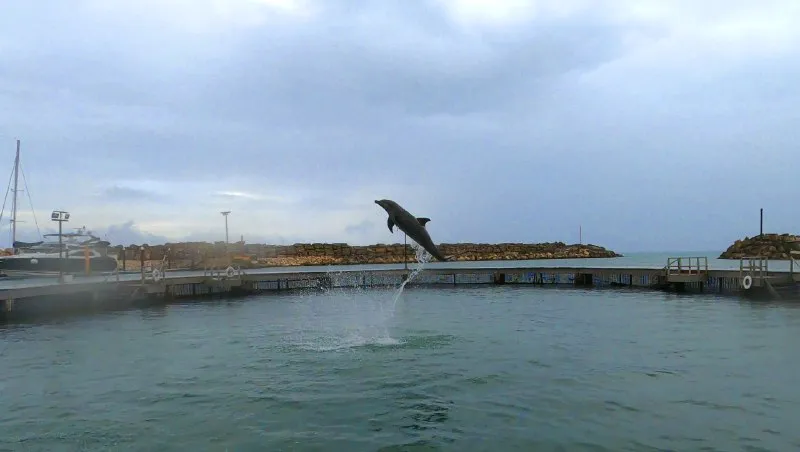
Photo by Juan Bacab G.📸
📍Puerto Morelos, México
Under human care, the behavior of competition that is most observed is that of hierarchy. There is always a dominant male who constantly competes against other males for access to as many females as possible.
The funny thing is that here it has been observed that animals tend to reconcile shortly afterwards, and this is because they cannot be so far from each other.😅

Behavioral Studies: What are they for?📉
Conducting behavioral studies is one of the most demanding tasks, as this entails many hours of observation. Dolphinariums offer the facility to observe dolphins without having to go out to the open sea every day, in addition, we can use tools such as cameras or submersible speakers to carry out acoustic studies on dolphins.
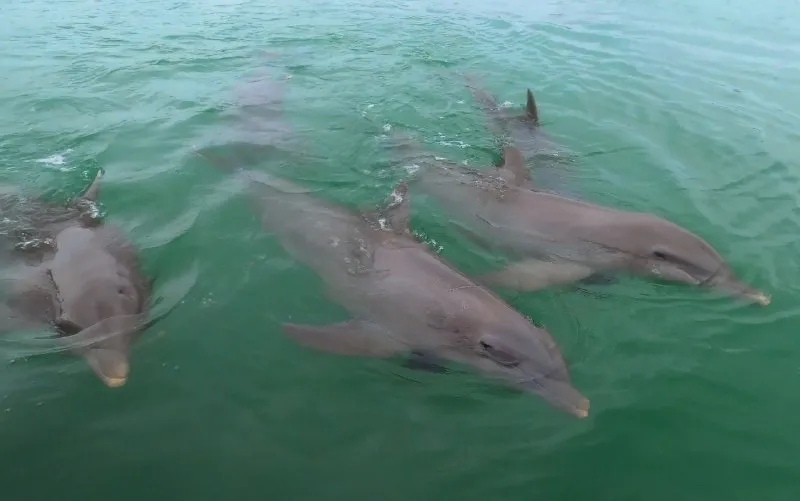
Photo by Juan Bacab G.📸
📍Puerto Morelos, México
👉The objective? get to know our species to take better care of them!🐬
There is no better way to get to know dolphins than by studying their behavior, that way we understand why they do things. Understanding their behavior helps us improve their welfare, and day by day this discipline grows even more thanks to these places

Photo by Juan Bacab G.📸
📍Puerto Morelos, México
Let's take care of dolphins by getting to know them!😃

👉Join the Aquatic Sentinels!🐋
This project is dedicated to the preservation of our sea, our rivers and lakes, our lagoons. Let's make it possible! Let's share scientific and quality information for the good of our aquatic world!
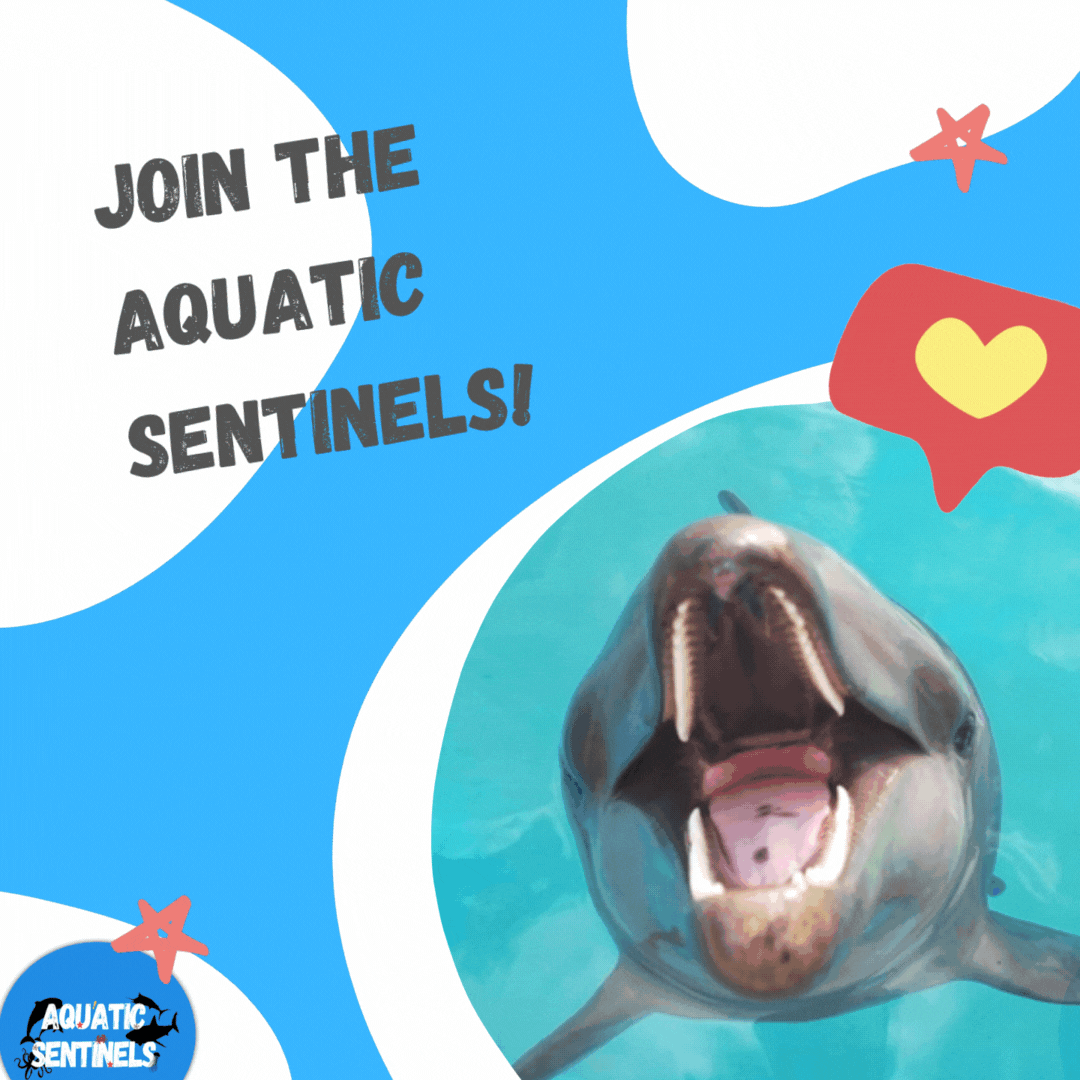
🐟🐋Welcome!🐬🐙

DNA - Densifying Nature-Appreciation :
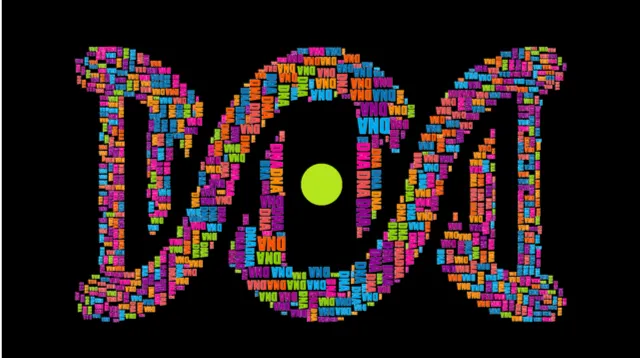
DNA is an organization to foster and DENSIFY NATURE-APPRECIATION which aims to establish REPORTS OF BIODIVERSITY DATA that is contributed by all of us Hiveans and subsequently cataloged.

DNA animation GIF by @Suheri
Therefore DNA searches for HIGH-QUALITY posts that aim to DESCRIBE and determine the BIODIVERSITY AROUND YOU with added EXPLANATIONS and INFORMATION. For these informative posts they offer a CURATION SERVICE using the @dna.org account. It is also a CURATION TRAIL. Just add the #dna TAG if you think that any of your posts is what they are looking for.
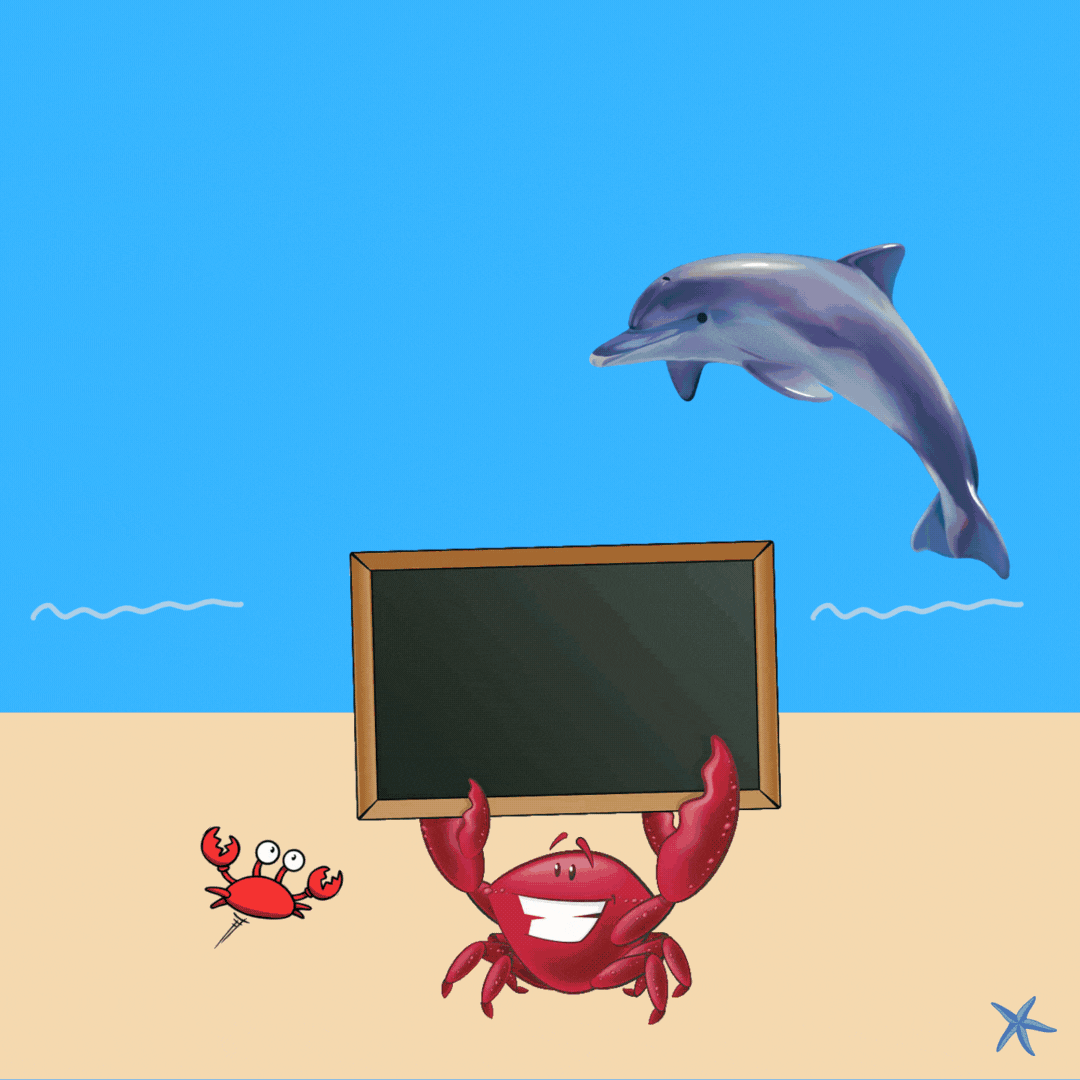
Aquatic Sentinels animation GIF by @juanbg

@juanbg: Leader of the Aquatic Sentinels Community
